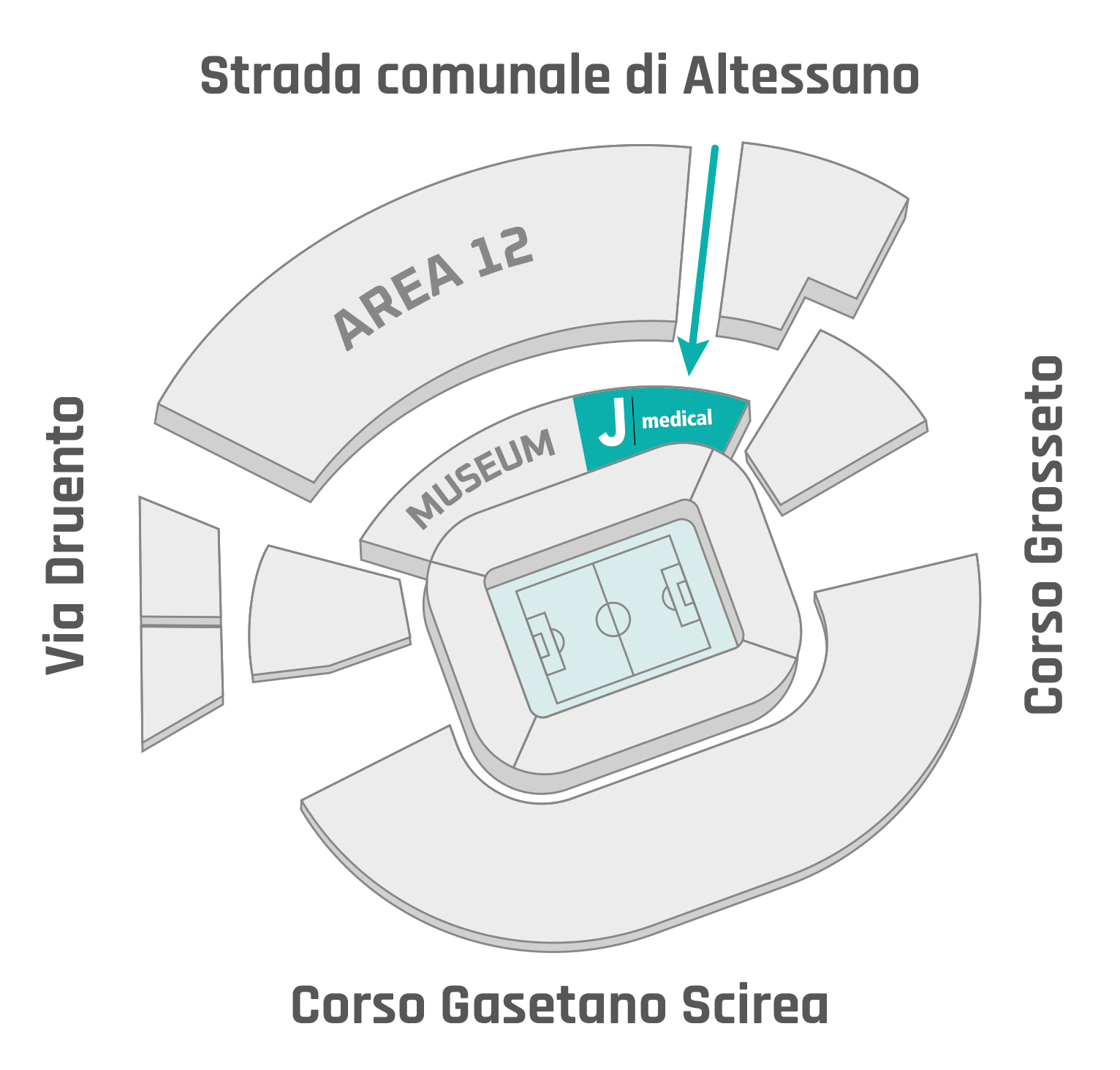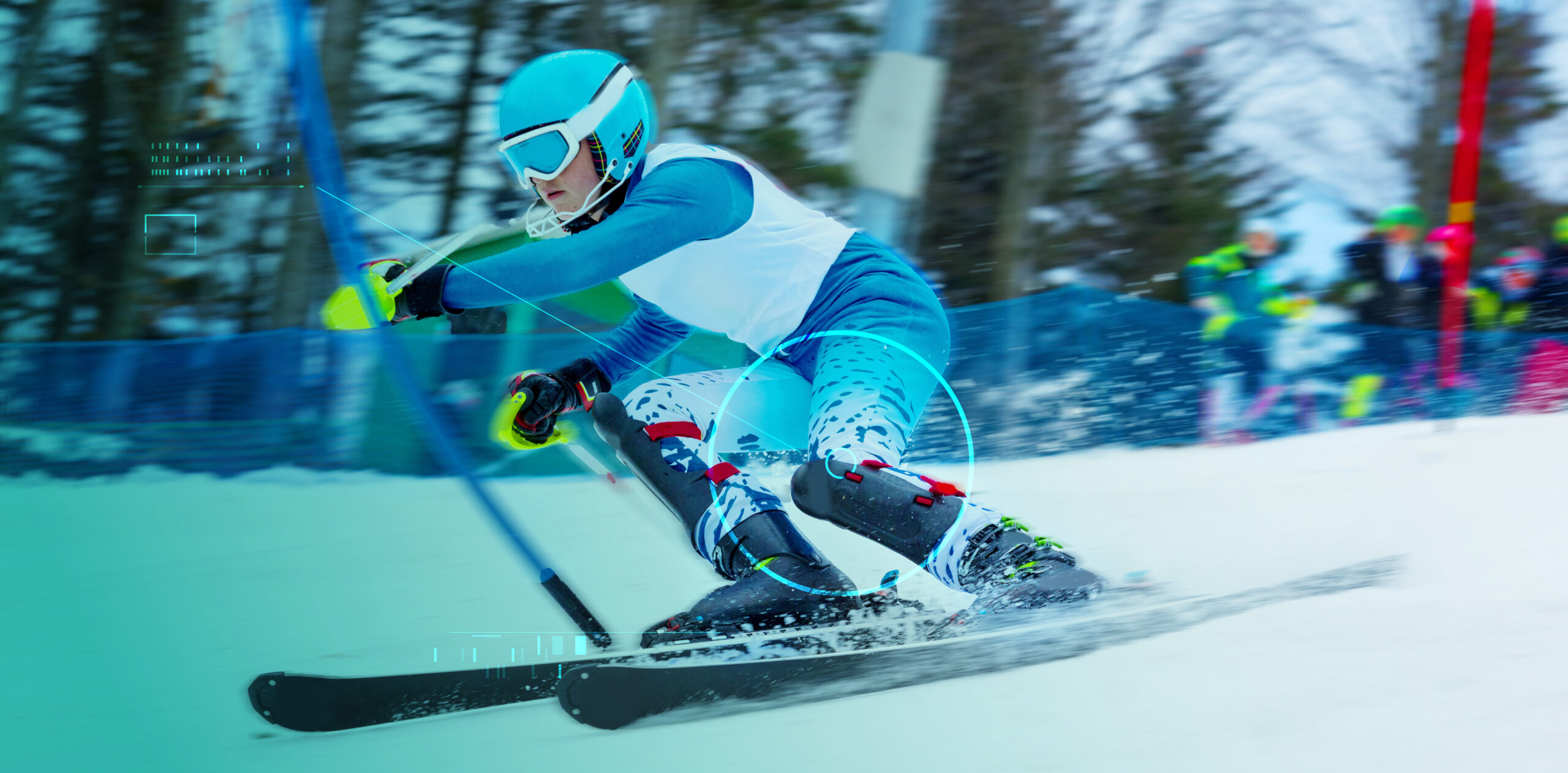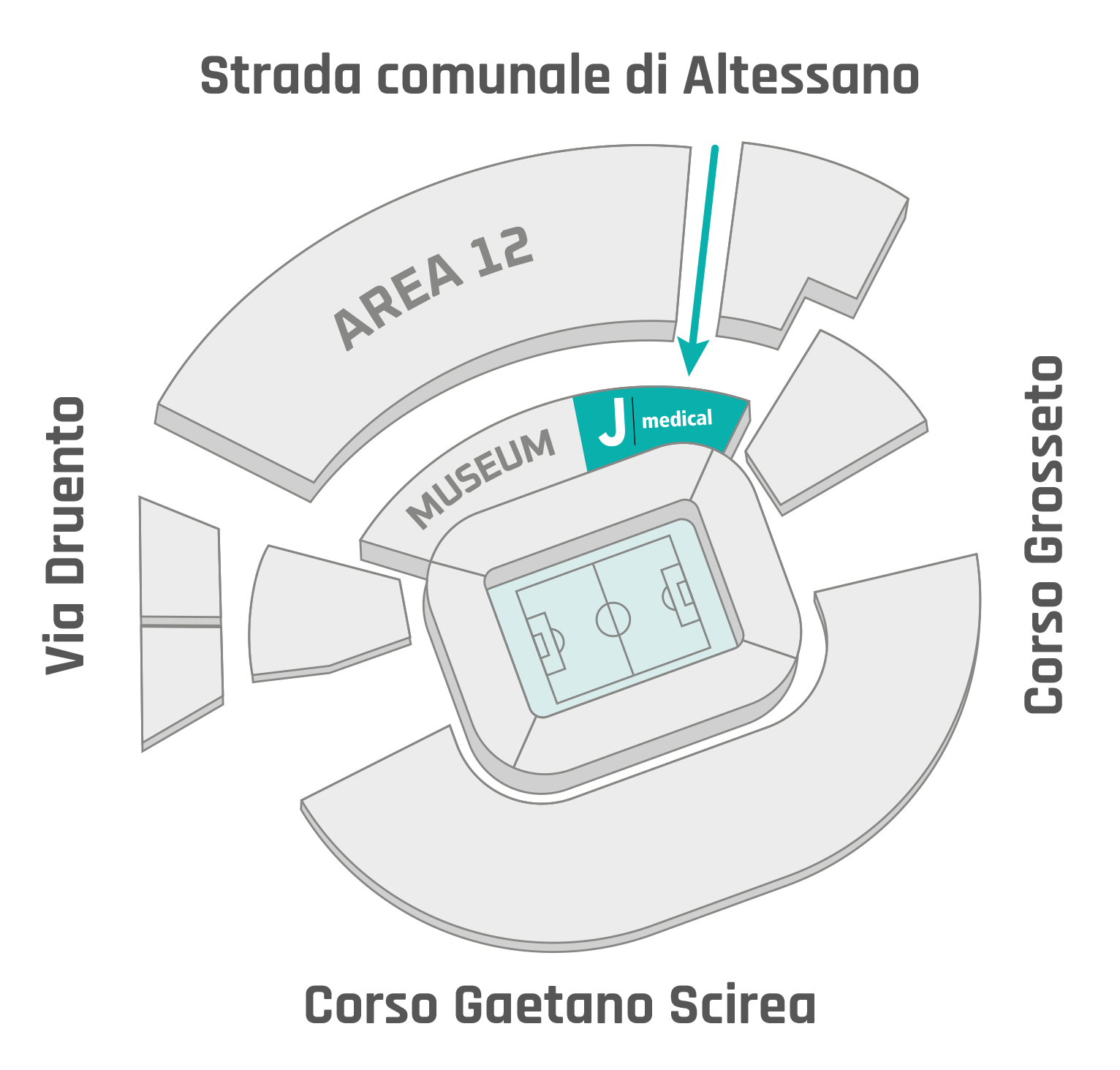A growing challenge
Injuries in alpine skiing significantly impact athletes, affecting both their season and career. While sports like soccer and track-and-field often see frequent muscle-related, non-contact injuries that may sideline athletes for shorter periods, alpine skiing injuries are mostly traumatic (1). Knee sprains, fractures, concussions and spinal injuries often require long recovery times and sometimes surgical intervention, underscoring the importance of preventive strategies. These strategies are crucial in a sport where high speed and attention to detail demand exceptional fitness levels.
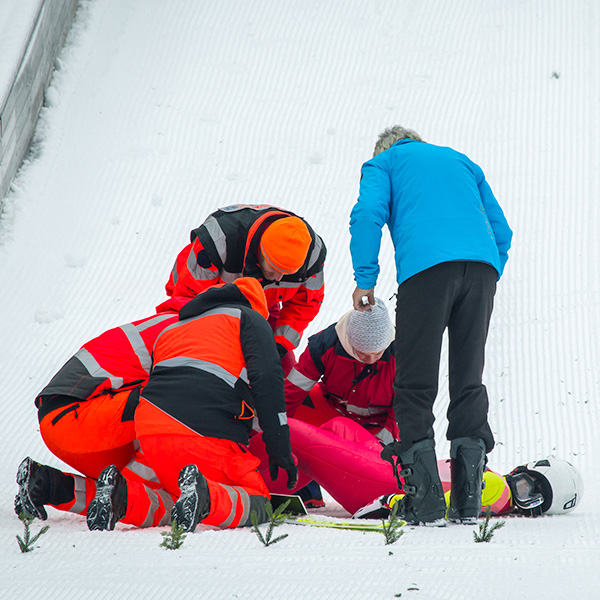
The recent World Cup season saw a notably high number of injuries among top athletes.
The recent World Cup season saw a notably high number of injuries among top athletes2, including Kilde, Pinturault, Schwarz, Suter, Shiffrin, Vlhova, Holdener, Ortlieb, and the Italian skiers Goggia and Curtoni. Their injuries prevented them from competing for the overall or specialty World Cup titles.
Understanding the causes of these injuries is the first step in developing effective prevention strategies. Many attribute these injuries to climate change effects, which have sparked broad debates about the future of winter sports3. Direct and indirect impacts of climate change, like the frequent postponing of competitions due to adverse weather, have thickened race schedules increasing injury risks, according to several prominent athletes. Notably, Mikaela Shiffrin and over 140 colleagues have called on the International Ski and Snowboard Federation (FIS) for better event planning due to these factors.

Athlete-related factors such as physical training, nutrition, recovery optimization between races, and innovations in protective gear also play critical roles.
However, it’s not just adverse weather conditions that contribute to injuries. The use of increasingly high-performance materials can also lead to technical errors and spectacular falls. Athlete-related factors such as physical training (4), nutrition, recovery optimization between races, and innovations in protective gear also play critical roles (5).
Instruct athletes in safety and risk management and the supervision of experienced coaches during training and competitions can significantly reduce injury risks. Therefore, improving athlete safety requires a holistic approach: organizers, athletes, technical staff, and safety experts must collaborate closely to identify and mitigate potential risks.
World Cup injuries are not entirely unavoidable. Through the joint efforts of organizers, athletes, and professionals, it is possible to create a safer and more sustainable sporting environment where athletes can excel while minimizing health risks.
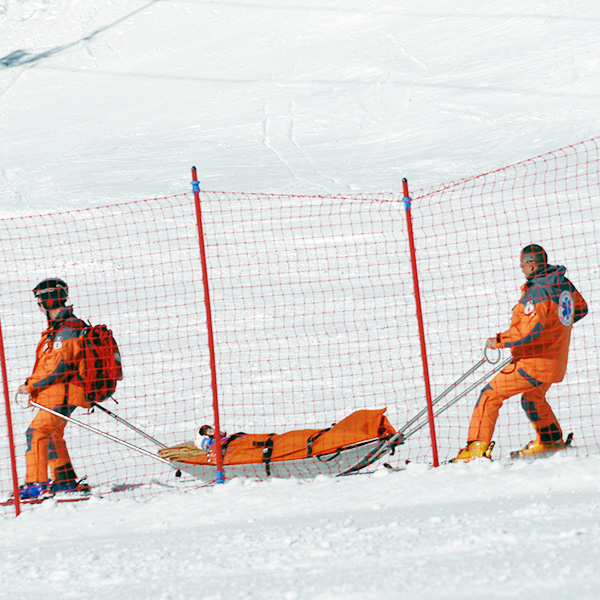
The medical staff also plays a vital, active role within their expertise.
The medical staff also plays a vital, active role within their expertise. A deep understanding of injury types and mitigation strategies is invaluable for many sports-related medical decisions, such as workload progression in rehabilitation or planning the return on the slopes after an injury.
These and many other topics will be discussed with top Italian and international experts at the international conference “Alpine Skiing: Injuries and Prevention“, scheduled at the Allianz Stadium on October 11-12, 2024, just before the next competitive season begins.
(1) Davey A, Endres NK, Johnson RJ, Shealy JE. Alpine Skiing Injuries. Sports Health. 2019 Jan/Feb;11(1):18-26. doi: 10.1177/1941738118813051. PMID: 30782106; PMCID: PMC6299353.
(2) “Si è rotta pure Sofia Goggia. Lo sci non sa adeguarsi al cambiamento climatico”, Piero Valesio, Domani. Pubblicato online il 5 febbraio 2024. https://www.editorialedomani.it/fatti/si-e-rotta-pure-sofia-goggia-lo-sci-non-sa-adeguarsi-al-cambiamento-climatico-b75ib4os
(3) ”Lo sci sta diventando impraticabile a livello agonistico?” Redazione Il Post. Pubblicato online 12 febbraio 2024. https://www.ilpost.it/2024/02/12/sci-alpino-cambiamento-climatico/
(4) Spörri J, Kröll J, Gilgien M, Müller E. How to Prevent Injuries in Alpine Ski Racing: What Do We Know and Where Do We Go from Here? Sports Med. 2017 Apr;47(4):599-614. doi: 10.1007/s40279-016-0601-2. PMID: 27480763; PMCID: PMC5357247.
(5) Koehle MS, Lloyd-Smith R, Taunton JE. Alpine ski injuries and their prevention. Sports Med. 2002;32(12):785-93. doi: 10.2165/00007256-200232120-00003. PMID: 12238941.
